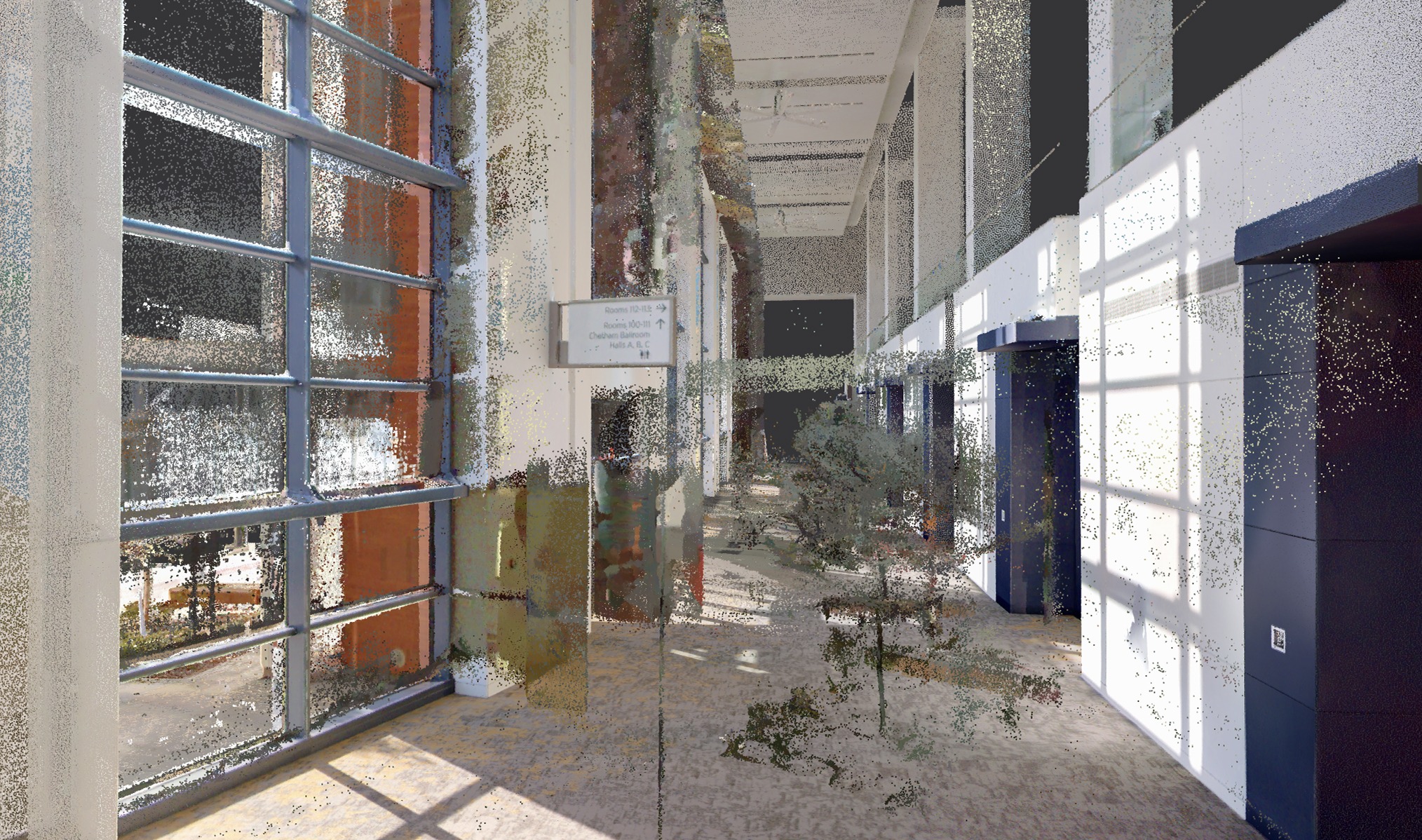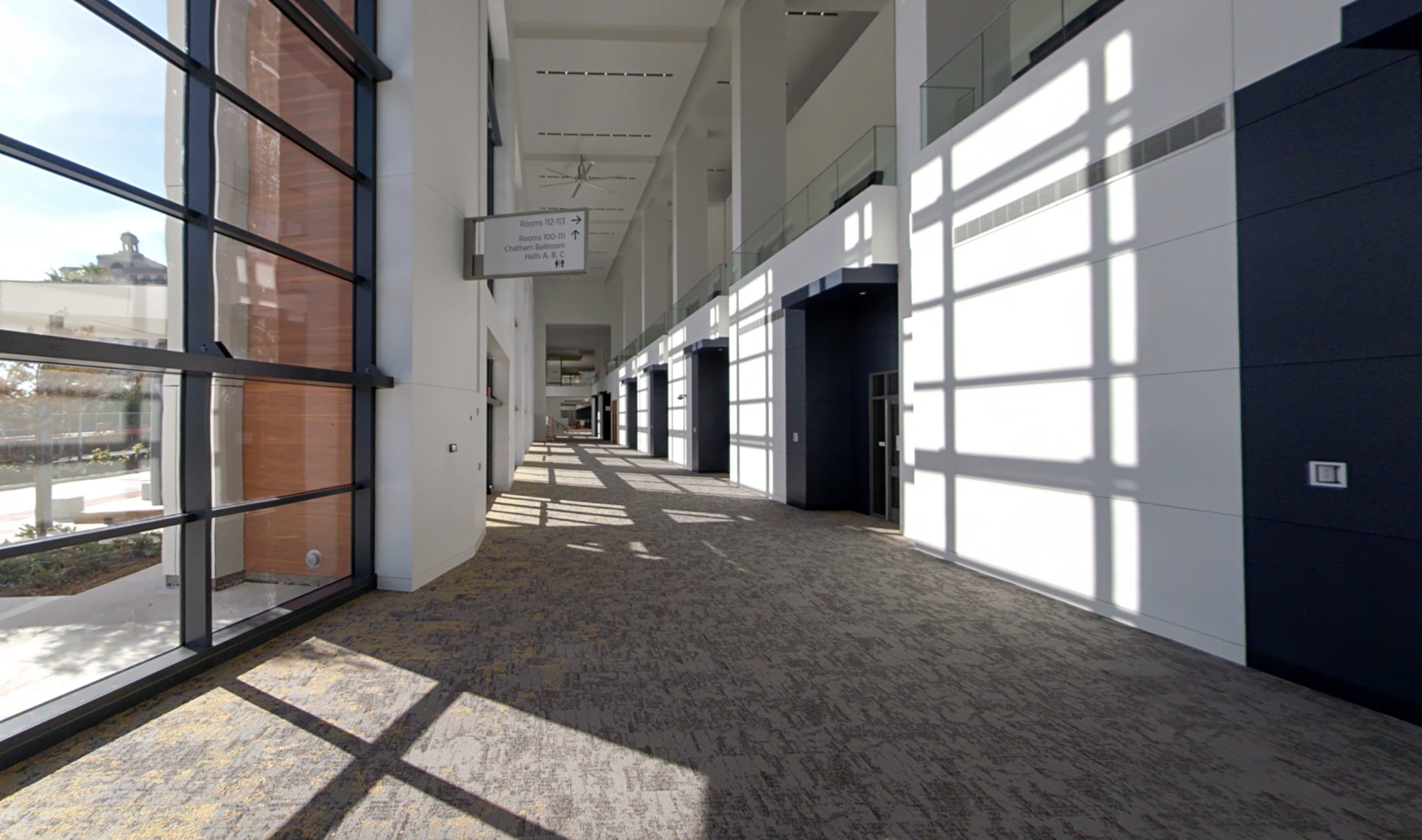Problem
NavVis customers struggled with inaccurate point cloud data due to reflections and noise from SLAM scanning, causing costly additional softwares and time outside IVION.
Task
I designed and led the development of an intuitive manual cleanup feature levering pre-existing mental models to facilitate adoption










